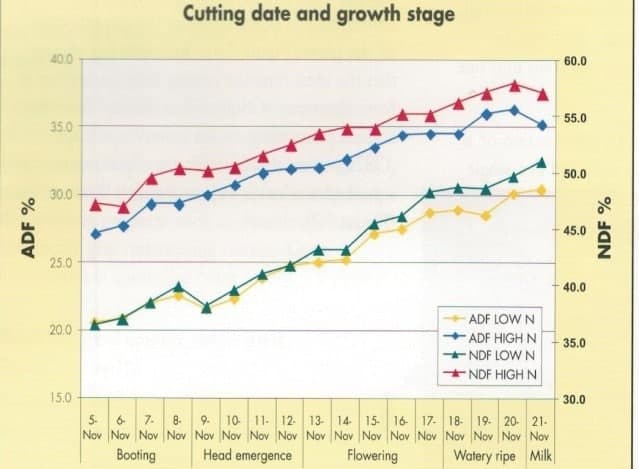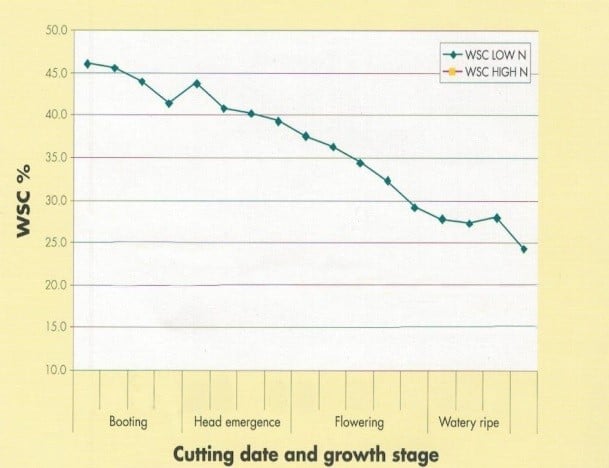With the hay making season upon us it’s important that we try to make a high quality product. So what management factors can we focus on to produce the highest quality hay as possible?
- Variety – To grow the best possible hay it is important to match the variety you choose to the region that it will be growing in. This includes considering rainfall, soil types and ideal sowing dates.
- Sowing date – By sowing your hay crop early you have the ability to increase the yield through rapid early plant growth. However, by doing this you also have the chance to decrease visual quality and feed testing results due to the tendency for lower stem bleaching and higher fibre contents of the plant.
- Sowing rate – By increasing the sowing rate of your hay crop you have the ability to increase a quality hay by decreasing stem thickness which leads to a decrease fibre content, decrease the chance for competition weeds to establish and by improving crop colour.When deciding on the sowing rate it is important to consider the fertility of your soil and rainfall zones.
- Row spacing – Having tighter row spaces has the sap effect as increasing sowing rate. It has the ability to decrease stem thickness, reduce weed competition and improve stem colour. By decreasing your row spacing you are also providing a greater support base for your windrow once your hay is cut which in turn reduces soil contamination and uneven curing.
- Cutting time – To achieve a desirable balance between yield and quality the desirable window to cut hay is from flowering (when the top floret has anthers protruding) to water ripe stage (when the grain is squashed and releases clear greenish fluid). As can be seen in figure one, as the crop becomes riper the amount of fibre content increase. As the fibre content increase the sugar content decrease, as can be seen in figure two.
- Cutting height – The further down the stem of the plant you go the higher the fibre content is. To improve the quality and feed test results of your hay it is ideal to cut your hay as high as possible.
- Curing speed – It is important to cure as quickly as possible as your crop will continue to decrease in quality until it is baled. Conditioners can be applied to the crop to accelerate stem water loss. It is also important to have good windrow formation with wide even shaped domes that are not too dense so that wind and sunlight can penetrate them.

Figure 1. As the plant become riper the fibre content increase.

Figure 2. As the plant becomes riper and the fibre content increase, the plant starts to draw on the sugar content leading to a decrease in WSC content.
Happy hay making!